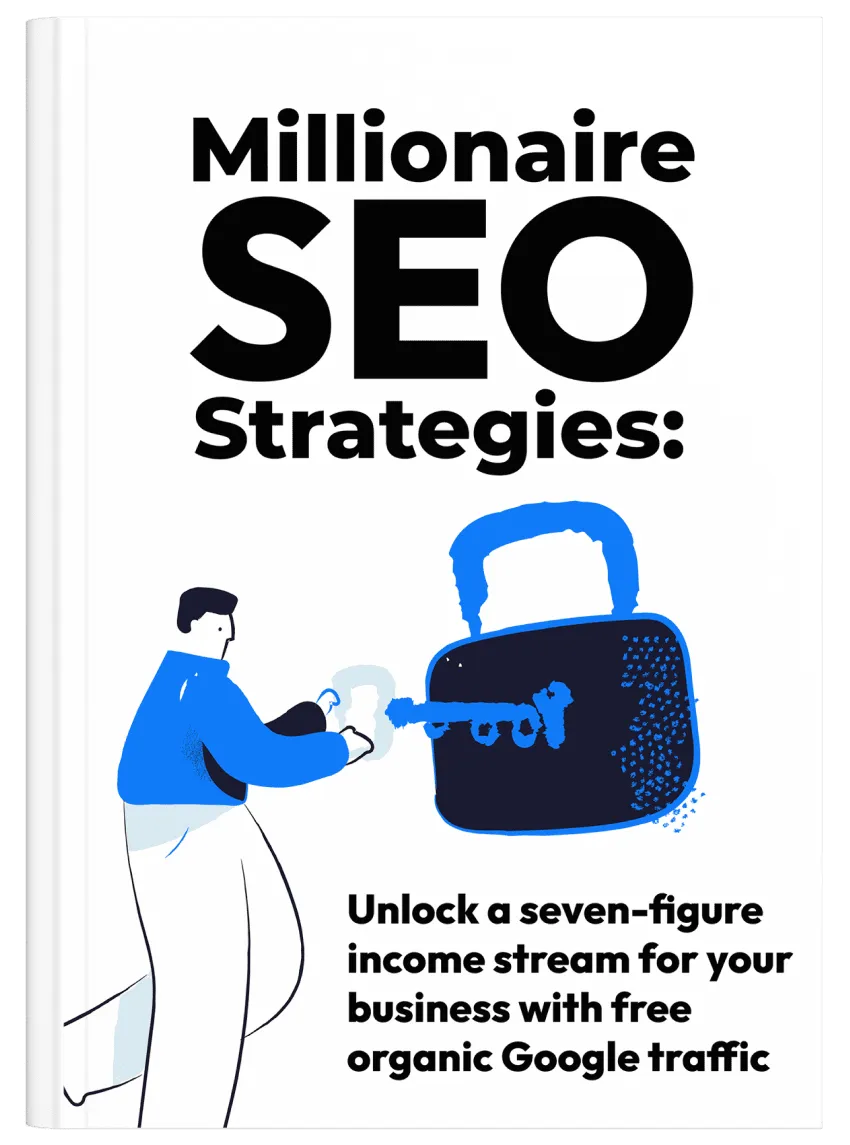
A 10-Point local SEO content checklist to increase traffic and sales
How do you make sure that each web page you publish on your local business website is perfectly optimized for organic traffic and sales?
We’ve got you covered.
Here is a 10-point local SEO content checklist that will help you increase traffic and sales by keeping you on the right track.
1. Primary keyword research
High-quality and helpful content begins with thorough keyword research. Before you start writing online content, you need to understand the following:
- What are people in your niche searching for online?
- Which keywords are they using in search engines?
- What is their search intent for each search query?
We can divide local keyword research into two parts: primary keywords and secondary keywords.
By primary keyword research, we mean the main keyword phrase that each web page on your local business site will target. It’s important that each page on your website targets a unique keyword phrase with different search intent. Otherwise, you may end up with keyword cannibalization.
The easiest way to do primary keyword research is by analyzing content gaps between your and your competitor’s websites.
2. Secondary keyword research
Once you have identified the main keyword that you want to target with your web page, the next step is to shortlist a list of secondary keywords. These secondary keywords are semantically related keywords (or LSI keywords) that add context to your web page for readers and search engine crawlers.
Additionally, you can also rank for these secondary keywords and increase the total traffic potential of each page you publish.
For local SEO content, it is also important to find and include geo-specific keywords. For example, your main keyword might be “plumbing services”. But a geo-specific secondary keyword could be “plumbing services in London”.
3. Meta title
Each web page should have a unique meta title. It is an important search engine ranking factor. The meta title should be keyword-rich and accurately explain the contents of the page.
Make sure that the meta title you write isn’t too long or too short. ~50-55 characters is considered the ideal length.
4. Meta description
Although meta description is not a direct search engine ranking factor anymore, it is still an important part of the puzzle.
Well-written meta descriptions encourage more search engine users to click on your web page. A higher click-through rate (CTR) not only brings additional organic traffic but can also play a crucial role in improving your search engine rankings.
Use a tool like our SERP snippet tool to preview how your meta title and meta description look before you publish your web page.
5. Images
A good content piece has useful images that add value to readers. For local businesses, it may include customer testimonials, photos of the business location, or product shots.
Here are a few tips when it comes to adding images to web content:
- Make sure to add a few images. They make your content less monotonous and more engaging.
- The images should be SEO-friendly. Add relevant keywords in the file name and alt text descriptions.
- Make sure the images are all web-friendly, compressed, and small in size. Images that are too big in size can slow down your web page and negatively affect search engine rankings.
6. Internal links
Internal links play an extremely important role in search engine optimization.
Before you publish your new web page, make sure it has contextual, helpful links to other pages on your website.
After publishing, find other thematically related pages (ideally, the pages with high page authority) and build relevant links to the new page you just published.
This will help Google bots and your website visitors find the new page easily. In addition, these internal links will also pass valuable link equity that will help the newly published page in search engine rankings.
7. Outbound links
Outbound links are links to external websites. Do-follow outbound links can pass link equity outside of your website, but that shouldn’t be the main concern.
The main goal is to make your web page the best possible resource for readers — even if that means including relevant and helpful outbound links.
Google judges a page’s worth by the value it adds, and outbound links can add value to readers.
8. Readability
The content must be easily readable.
Use bullet points, images, shorter sentences and paragraphs, and a well-structured outline to create a pleasant reading experience. You can use free tools like Hemingway to see how easy-to-read your content is. Aim for a score of less than 8.
In addition, the design of your web page also plays a big role.
9. Website speed and user experience
The longer your web page takes to load, the tougher it’ll be for your page to rank on Google’s first page.
Check out our free guide on how to increase the website loading speed.
10. Call-to-action
Last but not least, the goal of a local business web page is not just to drive traffic. It is to drive sales and revenue.
And that happens when you include a powerful call-to-action that is in line with the search intent of the user.








